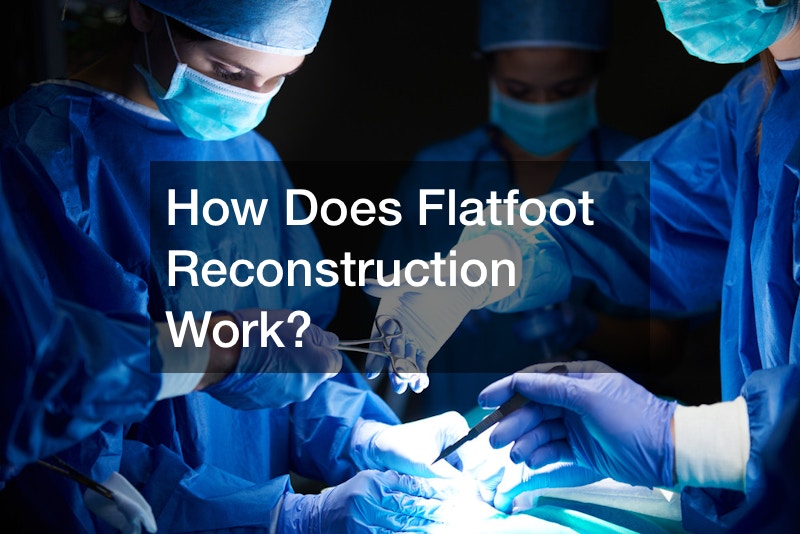
Flatfoot reconstruction is a surgical procedure designed to correct the deformity and restore the foot arch in individuals with flatfoot or fallen arches.
Before recommending this type of reconstruction, the orthopedic surgeon will evaluate the patient’s medical history, perform a physical examination, and may order other tests to assess the severity of the flatfoot deformity.
The reconstruction process involves various surgical techniques, which may be customized based on the patient’s condition. Common procedures include tendon transfers, joint fusions, bone realignment, and sometimes the use of implants.
These procedures aim to correct the bones’ alignment and restore the foot’s arch.
After the reconstruction surgery, patients will typically require a period of immobilization and non-weight-bearing using a cast or walking boot. Physical therapy and rehabilitation exercises are crucial for regaining strength, flexibility, and foot function.
Flatfoot reconstruction benefits individuals experiencing pain, instability, and functional limitations due to flatfoot deformity. Restoring the foot’s arch helps distribute weight more evenly and improves foot alignment and function. It can alleviate symptoms such as foot and ankle pain and difficulty walking or standing for prolonged periods and improve overall foot function and quality of life.
It’s important to consult an experienced orthopedic surgeon specializing in foot and ankle surgery to determine if this type of reconstruction is the right treatment option. They will evaluate the individual’s specific condition, discuss the potential risks and benefits of the procedure, and create a personalized treatment plan to address their unique needs.
.

